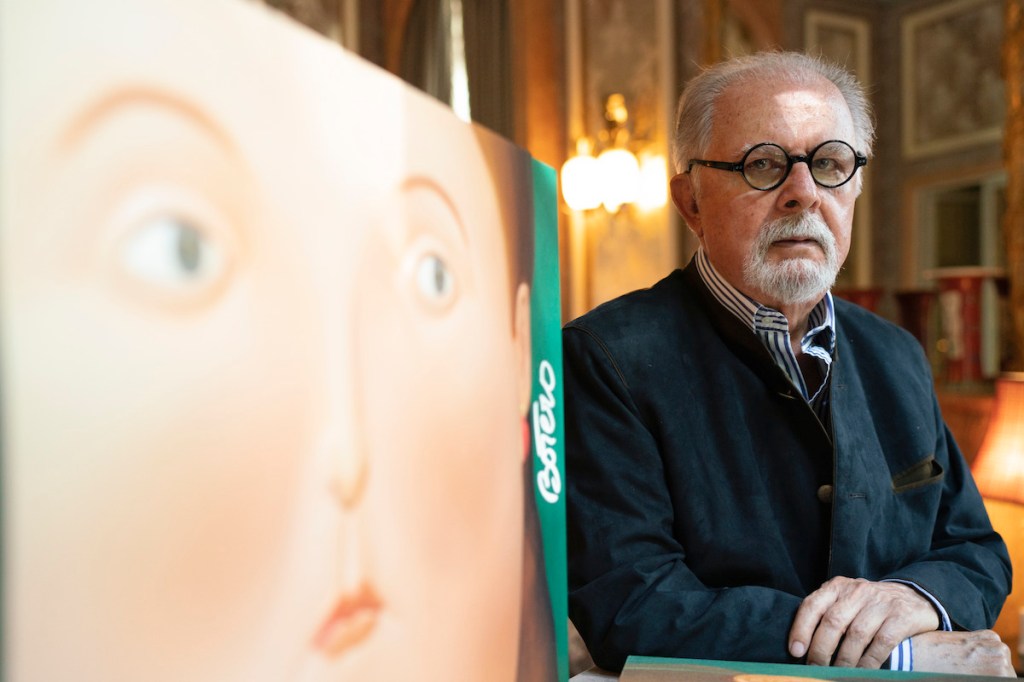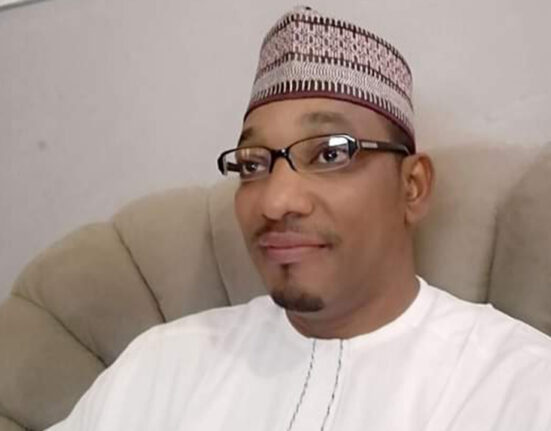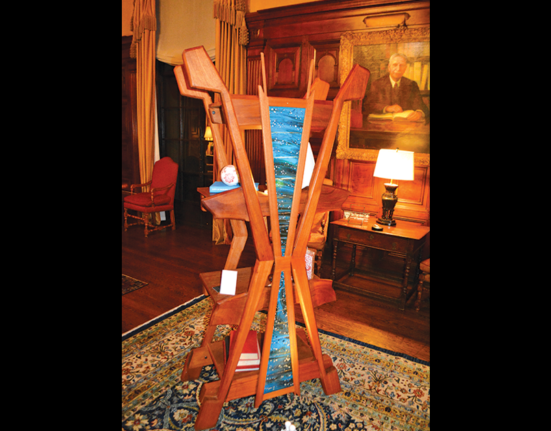This year, we lost innovative artists, curators, writers, collectors, and patrons who pushed the bounds of what constitutes art, each with their own means of expression.
Pope.L brought art to the people, reaching beyond institutions and into the street, putting statements about the condition of Black Americans out into the open. With vivid defiance, Juanita McNeely captured American women’s experiences, making a painting about abortion before the original passing of Roe v. Wade. Vera Molnár propelled us forward with her early usages of computers in her art.
Others left far too soon: Lin May Saeed, whose art encouraged empathy with animals and activist musings, and Vincent Honoré, whose cutting-edge exhibition and criticism championed women and queer artists.
In the case of painter Brice Marden, Barry Schwabsky recalled for Art in America, “It seemed as though Brice Marden had always been there and always would be.” While we may take these continued presences for granted, it’s important to recall the impact that Marden and others have made. As Schwabsky writes, “He managed to make each of us a little bit more an artist.”
Perhaps, then, we ought to remember signs of the people who left us in 2023 will always be with us. Below, a brief look back at the lives of 28 artists, collectors, curators, and more who died in 2023.
-
Pope.L


Image Credit: Photo Herb Swanson/Portland Press Herald via Getty Images Pope.L, an artist whose performances and conceptual artworks prodded the concept of race, died in December at 68. Pope.L amassed four decades of work that alluded to the condition of Black Americans. Provocative, sad, and sometimes shocking, his crawl performances, for which he traversed set distances on his hands and knees, remain some of his most famous and affecting works.
-
Giovanni Anselmo
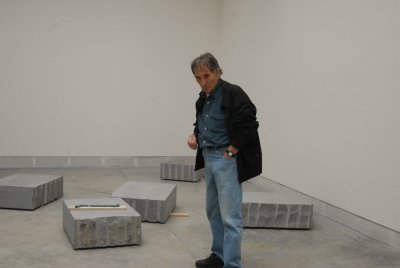

Image Credit: Courtesy Venice Biennale Giovanni Anselmo, one of the most important artists associated with the 1960s Italian art movement Arte Povera, died in December at 89. Anselmo created odd, highly memorable sculptures that combined industrial and organic matter such as stones, steel, lettuce, fabric, glass, and more. His works are characterized by their interest in the metaphysical conditions of life itself.
-
Vera Molnár
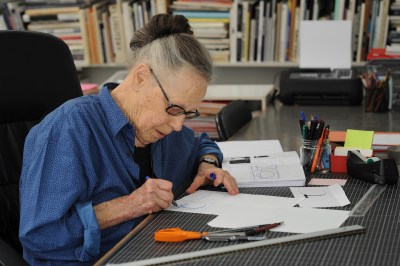

Image Credit: Photo Catherine Panchout/Sygma via Getty Images Vera Molnár, a pioneer of computer art, died in December at 99. Her essential experiments with algorithms, plotters, and more have seen a recent surge in interest amid a newfound fascination with NFTs and digital art. Molnár used computers to create spare minimalist drawings according to sets of rules that she engineered.
-
Vincent Honoré
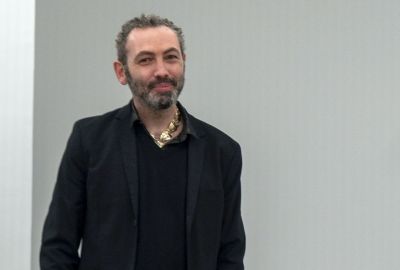

Image Credit: Courtesy MO.CO Montpellier Vincent Honoré, a rising French curator, died in December at 48. Honoré garnered a reputation for staging exhibitions of cutting-edge art—primarily by women and queer artists—over the past two-and-a-half decades. He was head of exhibitions at the French art space MO.CO Montepellier at the time of his death.
-
Radcliffe Bailey
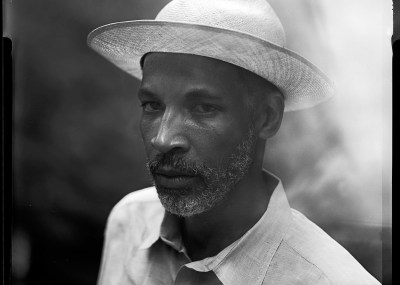

Image Credit: Photo LaMont Hamilton Radcliffe Bailey, an artist whose sculptural assemblages and paintings summoned the past, present, and future of Black Americans, died in November at 55. Bailey’s varied, yet influential body of work located objects he collected within a continuum of Black history. On his transition back to painting, he said in an Art in America interview, “I always thought the surreal was real to Black people, and in that way, I wanted to represent these two different worlds.”
-
Juanita McNeely
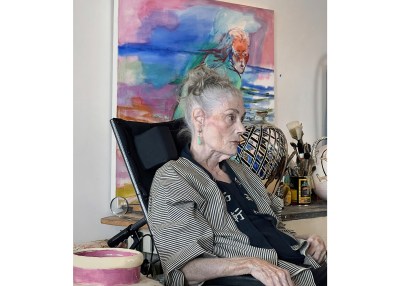

Image Credit: Photo Quinn Charles/Courtesy James Fuentes LLC Juanita McNeely, a groundbreaking feminist artist, died in October at 87. Perhaps most known for a painting that depicted her own harrowing abortion, her work has seen a resurgence over the past few years in light of the overturning of Roe v. Wade in the United States. McNeely never shied away from painting the experiences of women, including the difficulty of childbirth, monthly menstruation, and raw sexuality.
-
Lin May Saeed
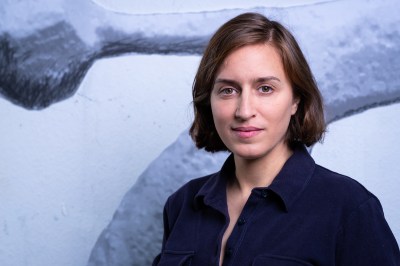

Image Credit: Photo Jens Heine Lin May Saeed, an artist whose sculptures encouraged empathy with animals by way of tender narratives and quietly forceful activist musings, died in August at 50. “Saeed’s works usually tell a story―though she prefers the term ‘fable’—and often borrow the tales from Abrahamic scriptures, history, protests, myths, and dreams, leaving the implications open to interpretation,” Emily Watlington wrote in Art in America. “Because she constantly revisits the theme of human-animal relations, there’s no mistaking where Saeed stands. Still, she approaches her subject with empathy and grace: her work is not self-righteous, and it does not preach.”
-
Alfredo Martinez
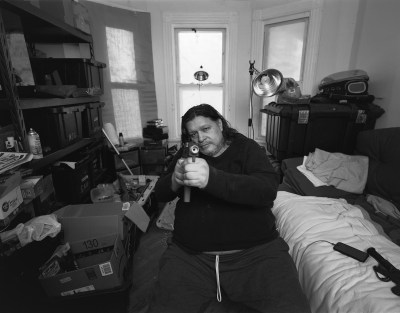

Image Credit: Photo Joseph Miller Alfredo Martinez, a New York–based artist who grabbed headlines for faking Basquiat paintings and organizing a show of Anna Delvey’s art, died in August at 56. Martinez’s larger-than-life persona and art became a source of fascination in New York, where his works about guns found a loyal following. The Museum of Modern Art currently holds one of them.
-
Fernando Botero
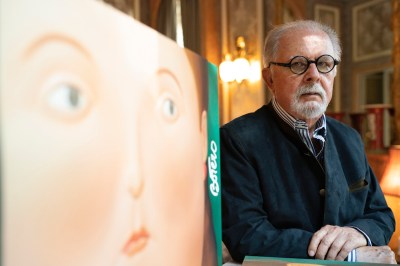

Image Credit: Photo Oscar Gonzalez/NurPhoto via Getty Images Fernando Botero, a Colombian artist whose paintings peopled with full-figured members of the elite achieved international fame, opening doors for many Latin Americans after him, died in September at 91. Botero’s paintings of Colombian government officials and clergy are known the world over.
-
William Anastasi
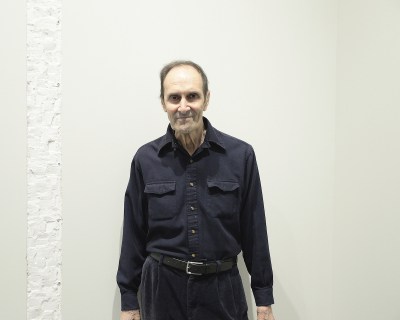

Image Credit: Getty Images William Anastasi, an artist who rose to fame in New York alongside the Minimalists and Conceptualists of the 1960s, died in November at 90. “The art world is losing an important representative of the first generation of conceptual art from the 1960s in New York,” his Cologne gallery, Thomas Rehbein Gallery, wrote in a statement.
-
Larry Fink
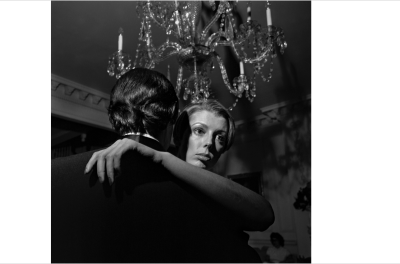

Image Credit: ©Larry Fink/Courtesy Robert Mann Gallery Larry Fink, an American photographer who captured class divides by documenting the upper echelons of New York’s social circles, died in November at 82. According to Robert Mann Gallery in New York, which represented him, Fink had a unique ability to capture unstaged scenes. “The energy and style he brought to the photography medium are unparalleled. I’ve never seen someone else execute it quite like that,” Mann said. “He operated as a free agent in every respect.”
-
Phyllida Barlow
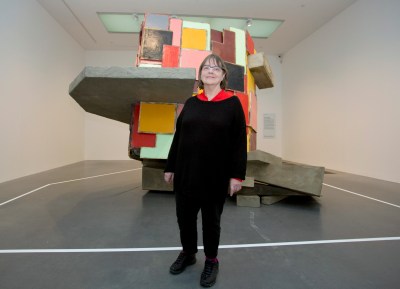

Image Credit: Yui Mok/PA Wire Phyllida Barlow, the relentless British sculptor who made innocuous materials into idiosyncratic meditations on art-making, died in March at age 78. For more than 50 years, Barlow created “nonmonumental” sculptures that prioritized absurdity over grandeur. She stacked, stitched, and stretched functional materials like cardboard, nuts and bolts, fabric, and plywood into imposing forms that she then painted in vibrant colors.
-
Yvonne Jacquette
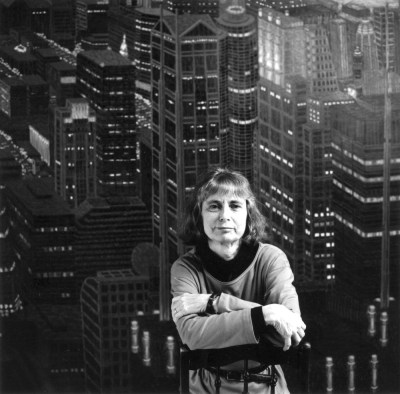

Image Credit: Photo Kevin Ryan. Courtesy DC Moore Gallery.
Yvonne Jacquette, whose studies from a bird’s-eye view reimagined the world as a tapestry of texture and color, died in April at 88.
-
Claude Picasso
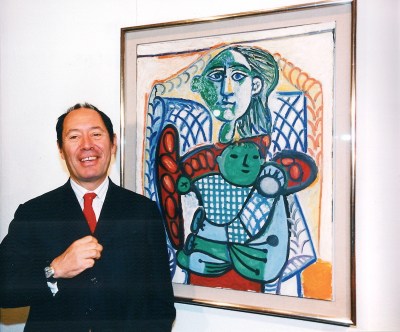

Image Credit: Photo Thierlein/ullstein bild via Getty Images Claude Picasso, one of Pablo Picasso’s four children and adminstrator of his estate, died in August at 76. From 1989 until earlier this year, he worked alongside his father’s many descendants to steward the artist’s legacy.
-
Brice Marden
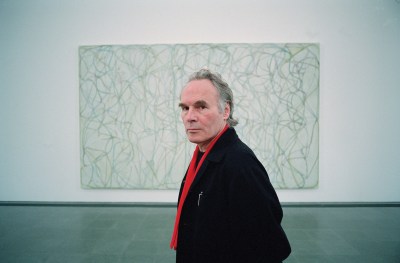

Image Credit: Photo Neville Elder/Corbis via Getty Images Brice Marden, an acclaimed painter whose abstractions quietly pushed the style in new directions, repeatedly injecting it with new life during an era when painting was presumed to have hit a wall, died in August at 84. Marden found admirers in his more explicitly conceptual canvases filled with spaghetti-like lines that drew inspiration from Chinese painting.
-
Emily Fisher Landau
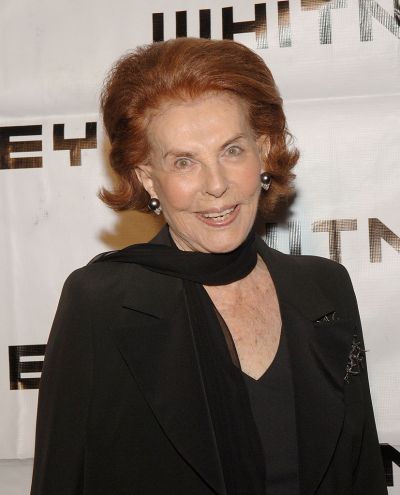

Image Credit: Photo Jamie McCarthy/WireImage Emily Fisher Landau, renowned art collector and patron, died in March at 102. Following a jewel heist in her apartment in 1969, Fisher Landau used the insurance money to start her art collection. Over decades, she acquired key modernists and then contemporary figures. Some 1,200 artworks were on view to the public at the Fisher Landau Center for Art, a repurposed former factory in Long Island City, Queens, from 1991 to 2017. Additionally, she donated nearly 400 works to the Whitney Museum of American Art, where she was a trustee, in 2010. A mainstay on the ARTnews Top 200 Collectors list, Landau was a longtime supporter of the institution, and also created an endowment for the Whitney Biennial.
-
Richard Hunt


Image Credit: Photo Scott Olson/Getty Images Richard Hunt, a sculptor whose works in bent metal and welded steel have been widely seen across the United States, both in museums and public sites, died in December at 88. Hunt’s sculptures wind their way through space, evoking figures that transmute and grow; though abstractions, they sometimes visualize elements of Black history. Widely regarded as one of Chicago’s most important artists, Hunt made an array of monumental sculptures for highly visible public venues, including a new work for the Obama Presidential Center, slated to open in Chicago in 2025.
-
Ida Applebroog
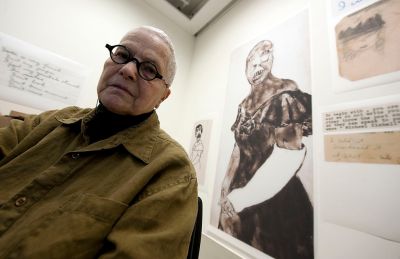

Image Credit: BARBARA SAX/AFP/GettyImages Ida Applebroog, a feminist artist with an unerring eye toward power, died in October at 93. Over six decades, Ida Applebroog’s practice shifted between painting, sculpture, film, and photography. She was a monumental presence in America’s feminist art movement, with an oeuvre fascinated by bodies, many pictured in domestic settings, in ambiguous couplings and groupings.
-
Emma Wolukau-Wanambwa
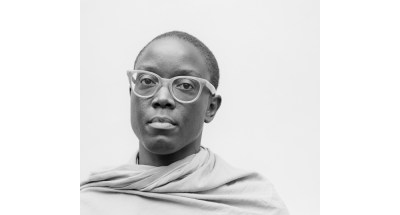

Image Credit: Photo Stuart Williams Emma Wolukau-Wanambwa, an artist whose research on the legacies of colonialism in post-independence Africa brought her a growing international following, died in January at 46.
-
Michael Snow
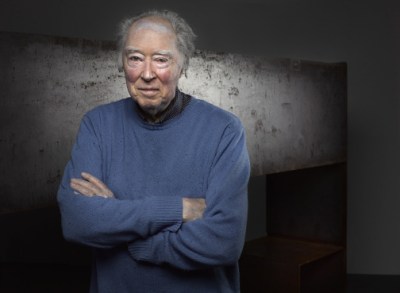

Image Credit: Courtesy Art Gallery of Ontario Michael Snow, an experimental filmmaker and artist whose formally audacious work tests its viewers’ perception of time and space, died in January at 94. In his art, Snow calls into question whether photographs and films truly capture what passes before a camera lens.
-
Jesse Treviño
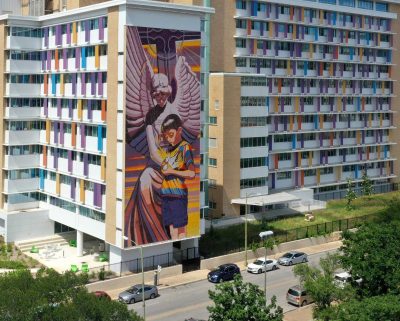

Image Credit: Courtesy San Antonio Children’s Hospital Jesus “Jesse” Treviño, a pioneering Chicano painter and cherished fixture of San Antonio’s art community, died in February at 76. Treviño was celebrated for his photorealistic celebrations of Mexican American life, which he captured in towering murals around San Antonio and delicate portraits now housed in major art institutions such as the Smithsonian American Art Museum and the San Antonio Museum of Art.
-
Peter Weibel


Image Credit: Photo Christoph Schmidt/dpa/picture alliance via Getty Images -
Mary Bauermeister
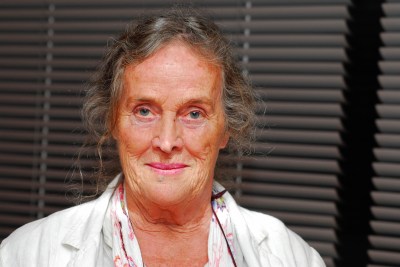

Image Credit: ullstein bild via Getty Images Mary Bauermeister, an artist whose indefinable works involving glass orbs and shells made her an important member of the Fluxus movement, died in March at 88. Bauermeister’s most famous works are her “lens boxes” composed of glass elements and stones displayed in eye-popping arrangements.
-
Vivan Sundaram
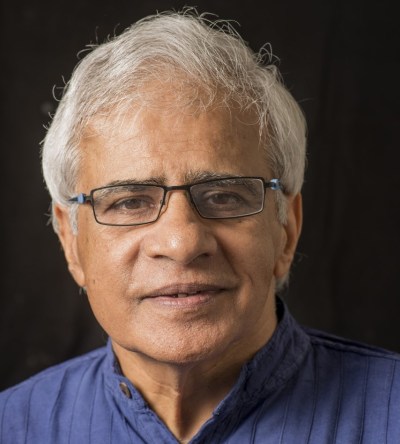

Image Credit: Courtesy Chemould Prescott Road Vivan Sundaram, an influential artist whose installations have been credited with opening new possibilities for his Indian compatriots, died in March at 79. While Sundaram’s installations, photo-based art, illustrations, paintings, and more are well-known in India and in the international art scene, he is also fondly remembered for his outspoken leftist views. His work marked one way to marry his politics and his genuine belief that art could mirror the world—and potentially even change it.
-
Myriam Ullens
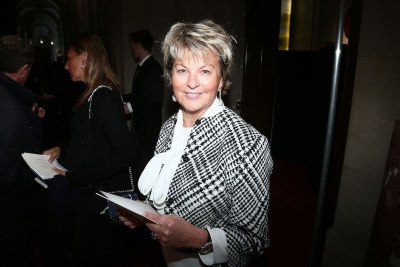

Image Credit: Getty Images for Dior Myriam Ullens, a key art collector who, with her husband Guy, transformed the Chinese art scene, died in March at 70. In 2008, the couple founded the UCCA Center for Contemporary Art in Beijing, with spaces in Beidaihe and Shanghai. It is considered one of the top venues for contemporary art in China. Ullens was allegedly shot by her stepson Nicolas.
-
Irma Blank
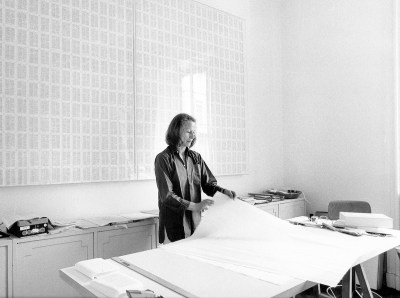

Image Credit: Photo Maria Mulas -
Ilya Kabakov
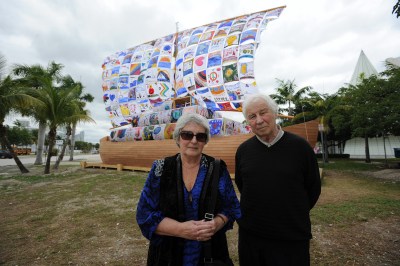

Image Credit: Photo Larry Marano/Getty Images -
Françoise Gilot
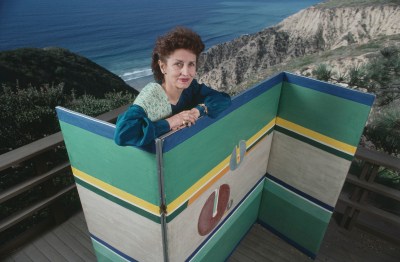

Image Credit: Photo François Duhamel/Sygma via Getty Images Françoise Gilot, a painter who wrote a famed 1964 memoir detailing her tumultuous decade-long relationship with Pablo Picasso, died in June at 101. Long dismissed as one of Picasso’s “muses,” Gilot has in recent decades been reappraised as an artist in her own right.

